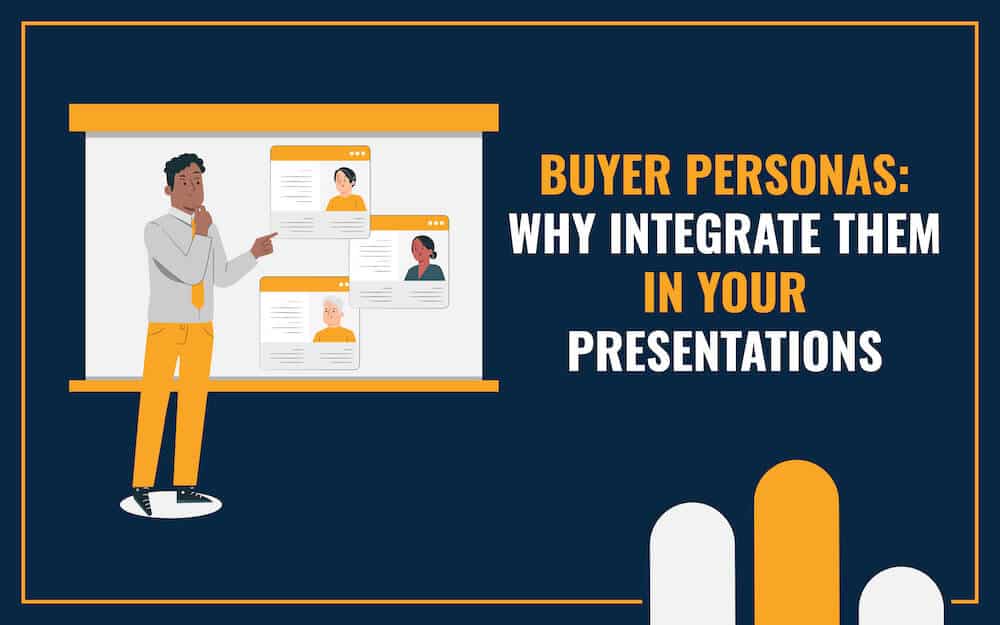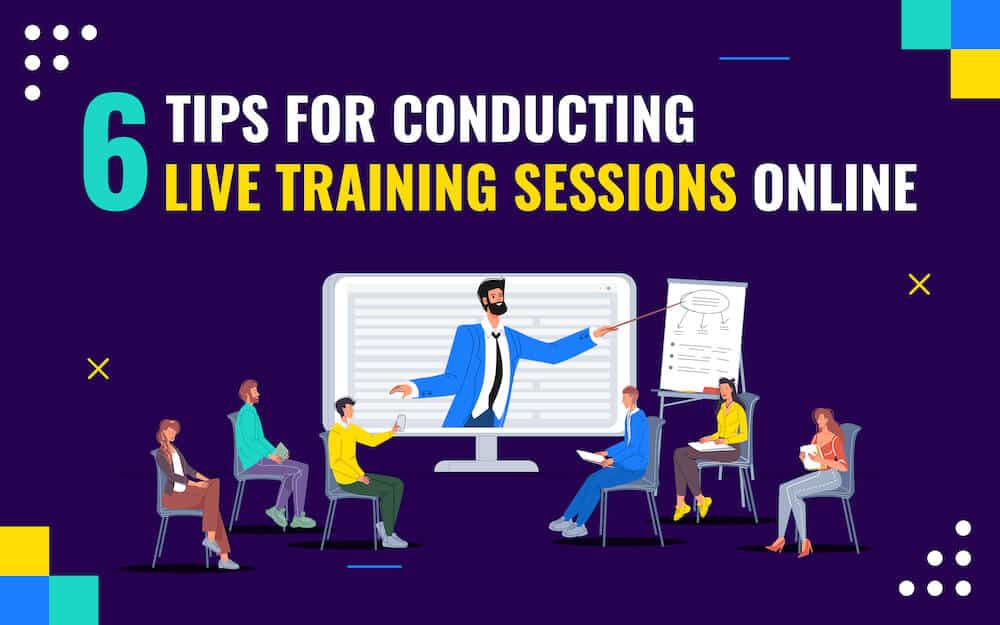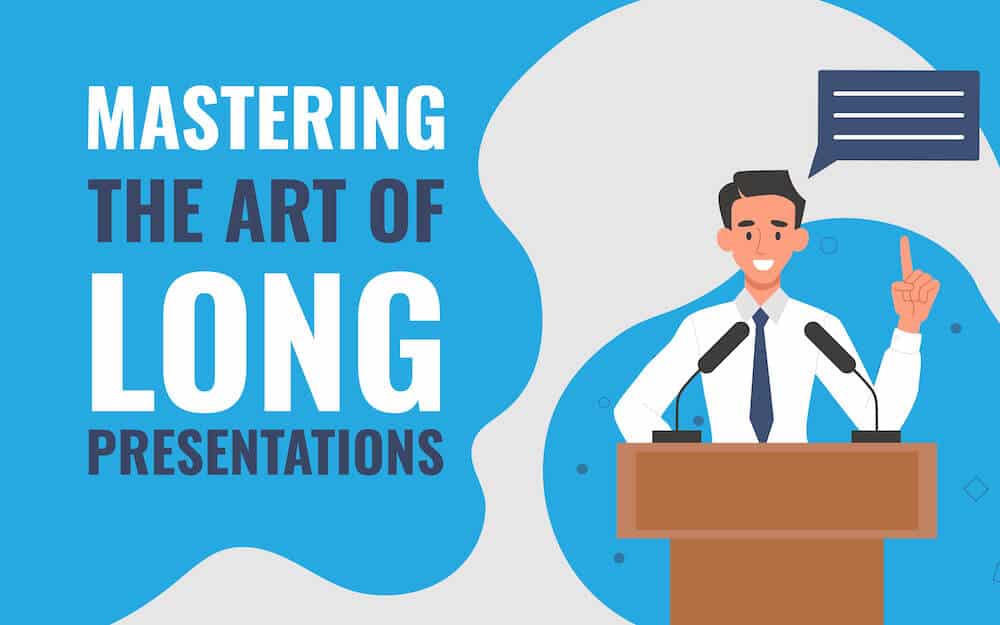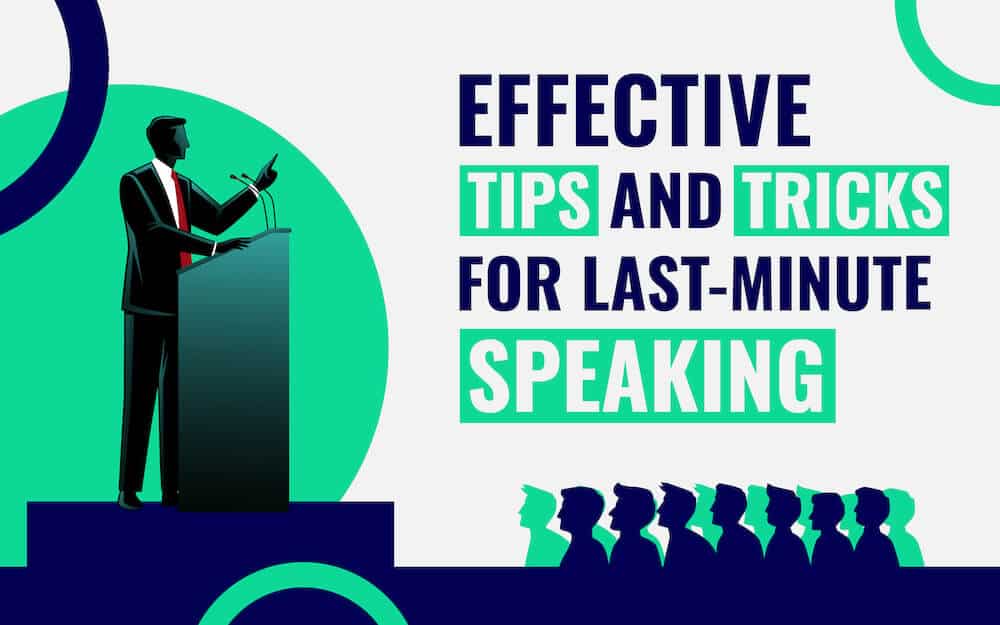
How many presentations have you listened to where the speaker ran out of steam at the end? For 30 minutes they were entertaining, captivating and engaging. And then… they ended with a thud.
The sad reality is, no matter how awesome your first 30 minutes are, audiences typically remember the last thing they hear more than the first thing. Your entire argument and core message hinders on your ability to end strong.
With this in mind, here are some ways you can end your presentation effectively.
End with a Surprising Fact
Many presenters make the mistake of simply rehashing what they just said. Instead, share a surprising fact as it relates to your core message. For instance, venture capitalist Kevin O’Leary once gave a speech on what it takes to be a successful entrepreneur. At the end of his speech he shared an interesting, if not surprising, fact with his audience. He said, “Did you know that there are more billion-dollar cap companies outside North America than in it for the first time ever? … We have ageing societies, and everywhere else is on fire. If I were you guys, I would get on a plane and go to Brazil.”
Ending with an eye-opening fact gives your audience something to think about for days.
Ask a Great Question
A great way to get someone’s attention is to ask them a question. When we hear questions posed, our neocortex is stimulated. This is powerful because the minute you ask a question, human brains are wired to try and answer it. And, the more provocative the question, the bigger of a response you will get.
Here is entrepreneur and CEO Ric Elias ending his talk with some big questions for his audience.
Create a Memorable Sound Bite
Sound bites are a bit like tag lines in commercials. They’re short and sweet and easy to remember. “Where’s the beef?” “Just Do It.” “Save 15% or more on car insurance.”
Not only are sound bites a great way to encapsulate your message, but they are helpful to many modern people with attention spans only able to focus on 140 characters at a time. Simply put, sound bites are great at getting people to remember your core message.
Steve Jobs was a master of ending his presentations and often used sound bites. Remember his commencement address at Stanford University when he ended by saying, “Stay hungry, stay foolish?”
To ensure your sound bite is a good one, ask yourself does it distill your core message down to one, short memorable statement and is it tweet-worthy?
End with a Quote
Quotes are like sound bites that you borrow from other people and they are great for ending speeches with a bang. Just be sure the quote you use has not been so used that it has become a cliché.
For example, how many times have you heard President Kennedy’s quote, “Ask not what your country can do for you, as what you can do for your country?” But a quote from someone like Einstein that many have not heard could be very effective, like this one, “Not everything that counts can be counted, and not everything that can be counted counts.”
Also, consider using quotes from modern personalities rather than historical figures. For instance, Tony Hsieh, CEO of Zappos.com has said, “Your culture is your brand.” That is a fantastic quote that could be highly effective for ending a marketing presentation.
Use a Powerful Visual
Dr. Michio Kaku, a theoretical physicist, has said that a large portion of our brain is entirely devoted to processing visual images. “It’s how we communicate, it’s how we share information,” Kaku says. “It’s by images, pictures, videos that we understand the universe.”
Take the advice of a physicist and leverage the powerful of an image at the end of your speech; one that ties to your overall core message. Tim Leberecht is the chief marketing officer for architecture and design firm NBBJ. Watch one of his talks on ways to usefully lose control of your brand. At the end of his speech he displays a familiar photo of the Mona Lisa and says, “A smile is a door that is half open and half closed … companies can give employees and customers more control or less. They can worry about how openness is good for them and what needs to stay closed, or they can simply smile and remain open to all possibilities.”
He used a very familiar image and turned it into a visual metaphor that drove his overall message home.
One More Thing
Just as we’re hardwired to pay attention when someone asks us a question, we’ve also become hardwired to snap to attention anytime we hear the phrase “One more thing…” Steve Jobs was a master at using this phrase to end his presentations. Use it – it works.
Don’t lose steam at the end of your presentation. By following these tips, you will end strong and your audience will remember you and your brand message.



